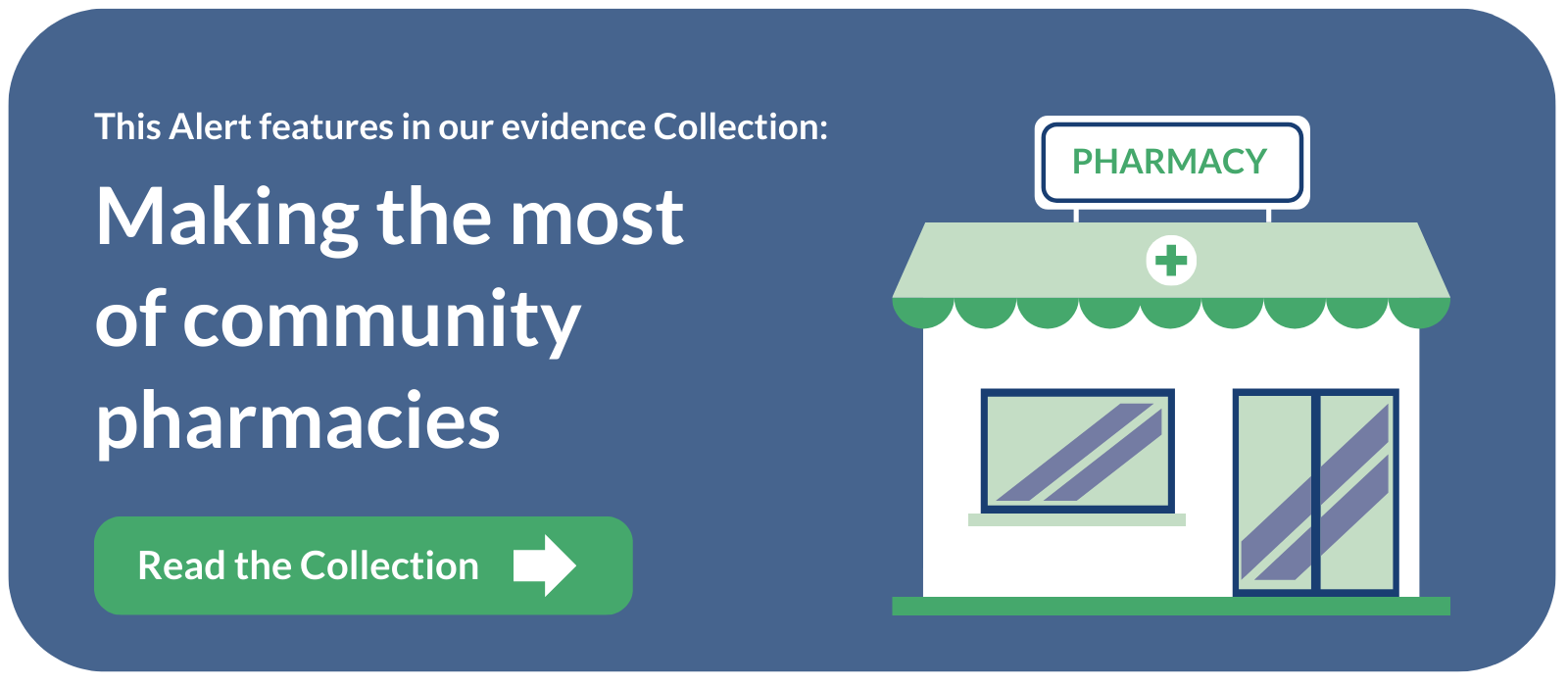This is a plain English summary of an original research article. The views expressed are those of the author(s) and reviewer(s) at the time of publication.
Strategies to reduce the harm to homeless people who inject drugs rarely focus on their lack of access to clean water. This matters because injecting drugs prepared with unclean water or alternatives to water can lead to serious infections and illness.
A study explored how people who inject drugs typically prepare injections, including when they are homeless. Researchers found that many had resorted to using puddle water, alcoholic drinks and even saliva when they were unable to access clean water for injecting.
What’s the issue?
Homeless people who inject drugs may lack access to clean water, or a safe alternative, to prepare injections. Using unsterile water can increase the risk of bacterial and fungal infections. Using alternatives such as saliva can be life-threatening.
Measures such as the closure of public toilets and increased security in pubs and cafes have reduced access to clean water for homeless people. Sterile water for injection is no longer included in most pharmacy injection packs because of local budget constraints. Some commissioners are reluctant to distribute 2ml glass ampoules of sterile water because of the potential for glass cuts, and confusion exists over the legal status of plastic 5ml ampoules. The need for clean water for people with unstable housing has become more essential than ever during the COVID-19 pandemic, including for basic sanitation such as skin cleaning and handwashing.
Numerous studies have noted an increase in serious infections and infectious disease in homeless people since 2012. This roughly coincides with the introduction of austerity policies in the UK. Rates of homelessness have increased significantly since then, and the number of opioid-related deaths have also doubled.
What’s new?
Puddle water, alcoholic and soft drinks, toilet cistern water and saliva were all used to prepare injections when sterile or clean water was not available. These findings came from interviews with 32 people who were asked to describe the process for preparing a “typical injection”. Most had experienced homelessness.
Interviews also revealed that cold water is used in an additional step in the preparation of injections of ‘snowball’ (heroin and crack cocaine combined). Unlike in other drug preparations, this water remains unheated before injection, creating an infection risk not previously reported.
The study also surveyed 455 people who inject drugs in London. The majority had experienced unstable housing. Over half (65%) said they had experienced bacterial infections such as abscesses or cellulitis, and/or ulcers. One third (30%) had been hospitalised as a result.
The survey found that 91% of participants smoked and 14% of participants had diagnosed chronic obstructive pulmonary disease (COPD), a respiratory disease. Additional cases are likely to be undiagnosed. These factors put this already vulnerable population at increased risk from COVID-19. Many of the sample reported delays in care and respiratory problems.
Why is this important?
This research is part of the larger Care & Prevent study, which aims to improve care and prevention interventions for people who inject drugs. This study aimed to understand risk factors for skin and soft tissue including muscles, fat and blood vessels.
The lack of access to clean water became clear during the interviews. The researchers stress the serious health harms from using unsafe liquids to prepare drug injections. Current UK measures to reduce harm are failing to meet the needs of the most marginalised, they say. They call for services to engage with the everyday realities of people living on the streets.
What’s next?
Researchers have been working with a social enterprise to develop a prototype street injecting kit containing sterile needles, water, and antimicrobial handwipes, among other items. There is no evidence as yet to show that improved access to sterile or clean water could reduce the rate of infection and soft tissue injury. Further research into the impact these kits have would be valuable.
The researchers acknowledge that there will be some sharing of water when 5ml ampoules are supplied. They suggest that provision of smaller (2ml) plastic ampoules would be ideal. These are licensed but not marketed, and are therefore expensive.
You may be interested to read
The full paper: Harris M, and others. Navigating environmental constraints to injection preparation: the use of saliva and other alternatives to sterile water among unstably housed PWID in London. Harm Reduction Journal 2020;17:24
Related research on the use of acidifiers by people who inject heroin or crack cocaine based on the same survey and interviews: Harris M, and others. Injecting-related health harms and overuse of acidifiers among people who inject heroin and crack cocaine in London: a mixed-methods study. Harm Reduction Journal 2019;16:60
Funding: This research was funded by the NIHR Career Development Fellowship.
Conflicts of Interest: The study authors declare no conflicts of interest.
Disclaimer: NIHR Alerts are not a substitute for professional medical advice. They provide information about research which is funded or supported by the NIHR. Please note that views expressed in NIHR Alerts are those of the author(s) and reviewer(s) and not necessarily those of the NHS, the NIHR or the Department of Health and Social Care.
